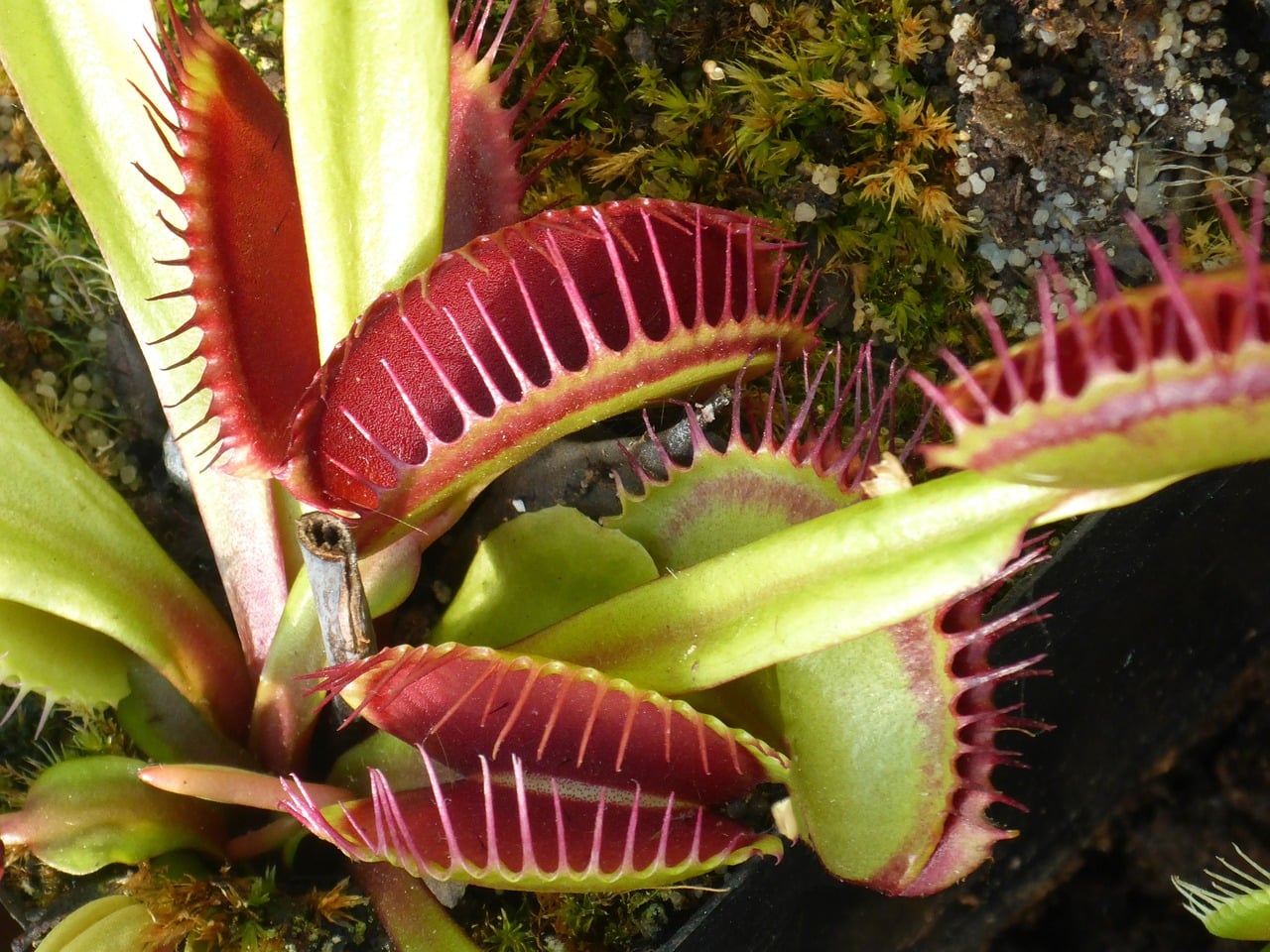Venus flytraps are known as one of the few carnivorous plants. Recent research published in the journal American Naturalist suggests, however, that they avoid eating insects who pollinate them.
While carnivorous Venus flytraps are part of a well-known species that has made many an appearance in greenhouses around the world, their prevalence in nature is much more limited. The Washington Post reports that the flytraps are native to just a small region of the Carolinas in soggy open savannas. In nature, they’re found nowhere else.
Unlike the majority of plants, the Venus flytrap has a diet that consists largely of meat. Their jaws close around prey, feeding mostly on invertebrates like ants and spiders that they liquify within their “trap.”
The new research, published by a team collaborating with Elsa Youngsteadt, an entomologist at North Carolina State University, suggests that the plants recognize the importance of specific insects and avoid eating them.
“Because it’s a carnivorous plant, it has this special potential for conflict that ordinary plants don’t,” said Youngsteadt. But it appears as if that conflict doesn’t extend to pollinators.
The team behind the study made four different trips to Venus flytrap territory in order to collect “fly trap visitors,” such as the bees, beetles, flies, and spiders that had crawled onto the flowers. The scientists also tugged open the Venus flytraps in order to get a better look at what each plant was digesting. In total, the tally came to 200 animals caught by these carnivorous growths.
“We were surprised to see the variety of things that turned up on the flower,” said Youngsteadt.
The visitors were then placed on dry ice, causing the insects to “[go] to sleep forever.” The researchers proceeded to swab them with cubes of gelatin in order to determine which of these visitors carried the most pollen from flower to flower.
The entomologists found that sweat bees carried the most pollen, and thus were the Venus flytraps’ greatest pollinator. These bees were also generally found intact, suggesting that the flytraps were aware enough to avoid turning these important contributors to their reproduction into meals.
“That the identity of flytrap pollinators is mostly different from the identity of their prey is very interesting,” said John Hutchens, a biologist at Coastal Carolina University in South Carolina who was not involved in the study, in an interview with the Washington Post.
Learning what species pollinate the Venus flytraps is important ecological knowledge, and may help scientists better preserve the habitat of these rare plants moving forward. “Maintaining natural habitats with all of their species and interactions intact is essential if we hope to have wild populations of Venus’ flytraps in the future,” Hutchins said.
While Venus flytraps may be bizarre, and even downright frightening to some, they represent a unique type of plant with an extremely limited growth area that may be threatened moving forward. Using the knowledge from this study and other research in the future may help scientists ensure that this carnivorous plant is eating meat for years to come.





